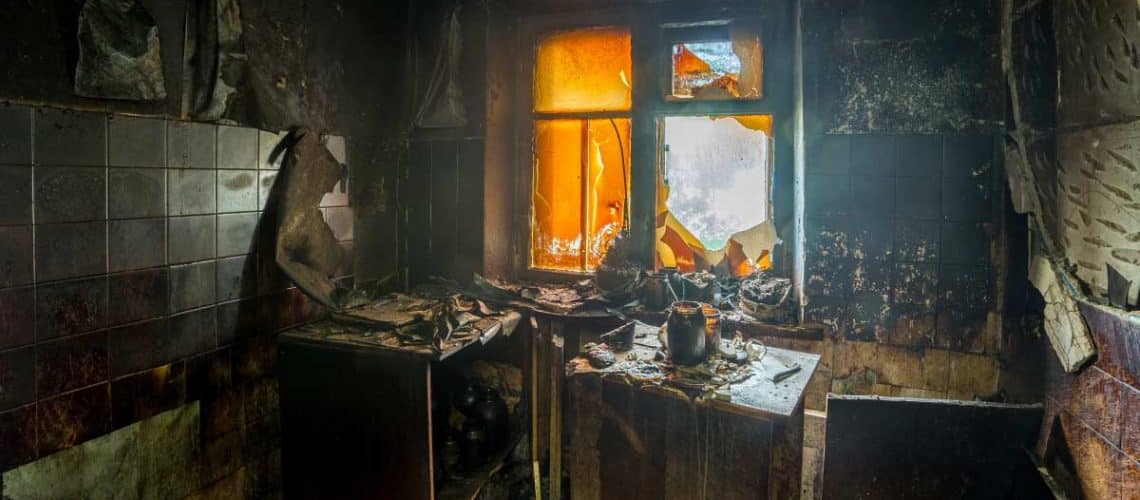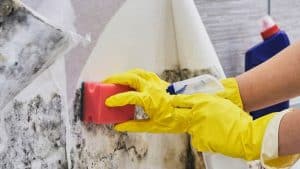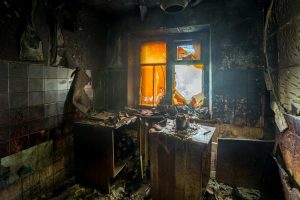Preventing a fire within your home goes well beyond making sure the stove is turned off and the candles are put out; although those are great practices and should still be done. House fire prevention is a full time task, especially for people with older homes. Older homes can have faulty wiring issues that are very dangerous for the house and its occupants, and can be the cause of a devastating fire. Prevention starts with general house maintenance and practices that should become regular tasks. Simple tasks, such as checking your smoke alarms, can make a world of a difference when it comes to fire prevention and avoiding costly fire damage restoration.
Chimneys
For houses with a chimney or stove pipe, it’s imperative to keep both of these clean of soot. Once a chimney or stovepipe catches fire, it’s extremely hard to put out the flames and the fire can quickly grow larger spreading to other areas of the house very quickly. Smoke can escape from the chimney and cause irreparable smoke damage to the furniture and belongings within the house.
Smoke Alarms
While all homes have smoke detectors installed, statistics show that most people do not check their smoke alarms periodically to ensure it functions. Fire and smoke detectors are the most standard and important part of preventing a house fire and fire damage restorations. It is recommended to check your smoke and fire detectors every month and keep up to date on changing batteries. Smoke damage can be the hardest to deal with and can result in ever lasting effects for the homes occupants and their belongings.
Appliances
Appliances are one of the largest leading causes of home fires, while being seemingly avoidable. Large wattage appliances such as space heaters, refrigerators, and air conditioners draw more energy than smaller appliances and can cause an electrical fire much faster. Checking your appliance wiring and house fixtures for frays or burnt areas can help prevent a future fire damage restoration. Wires can quickly become hot and heat their surroundings to the point of burning in a matter of minutes, so keep all wires away from anything flammable such as furniture or rugs.
Carbon Monoxide
Carbon monoxide is released from burning natural materials, such as wood or propane, and can build up within the house if not monitored closely. While carbon monoxide will not cause fire or smoke damage within a home, it can still be very harmful and should be monitored closely to ensure safety.
Tips
When it comes to fire prevention, it’s almost impossible to be too cautious.
- Double checking that each burner on the stove is turned completely off is a seemingly basic task, yet thousands of house fires are caused each year by this simple mistake.
- Candles that are left burning can easily tip over from a pet or child and should be watched closely when lit.
- While it may seem redundant, it’s extremely important to keep all flammable materials far away from fireplaces, stoves, grills, or heating appliances.
- Items kept in a basement or garage should be carefully positioned to not be near a hot water heater or furnace.
- Smoking indoors not only poses the risk of irreversible smoke damage, it also greatly increases the risk of a fire starting in the home.
- All power tools should be unplugged when not in use and checked frequently for frays or broken wires.
Fire damage restorations are a long process and usually include repairing parts of the home untouched by flames but affected in other ways. Although accidents and freaks of nature do happen, house fires are mostly avoidable and so are the expenses that come with a fire damage restoration. Keeping up on general maintenance and preventive techniques can save your home and life from unneeded stress and financial burden.





